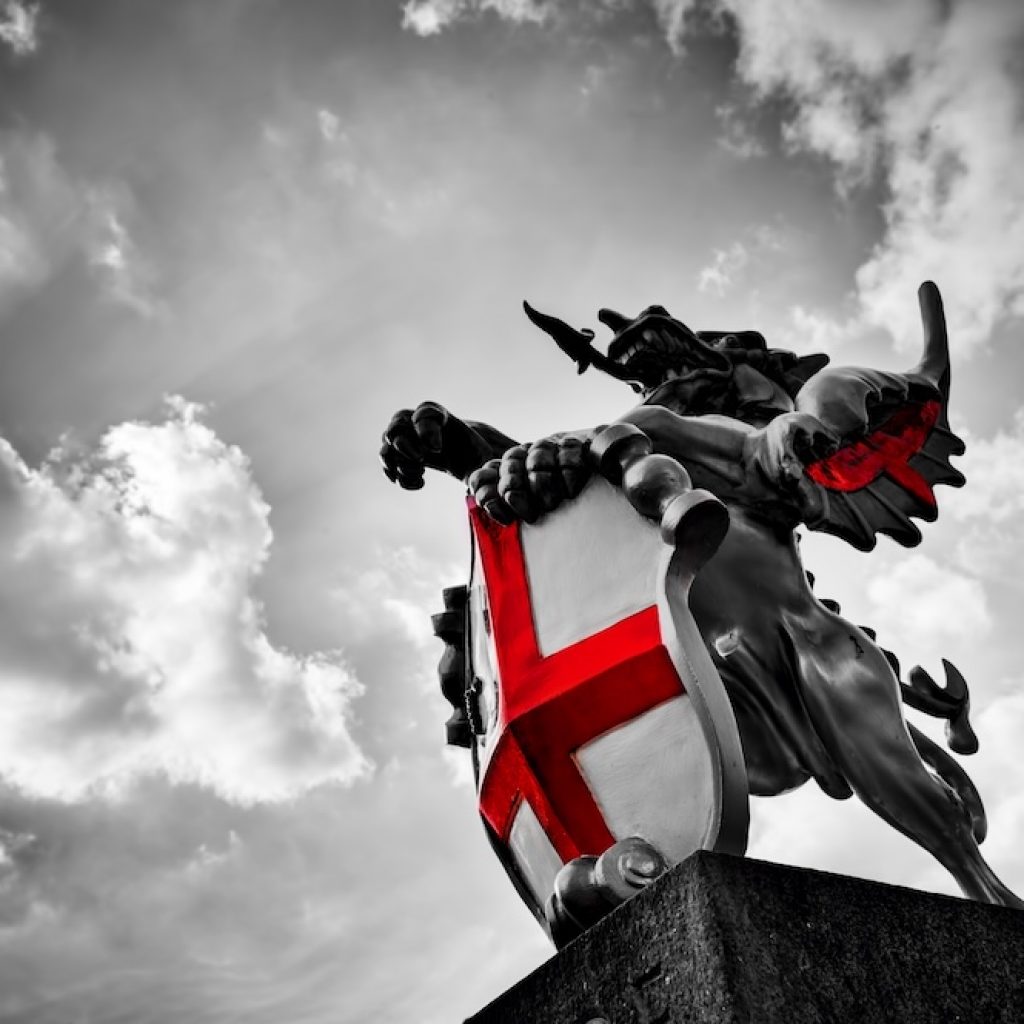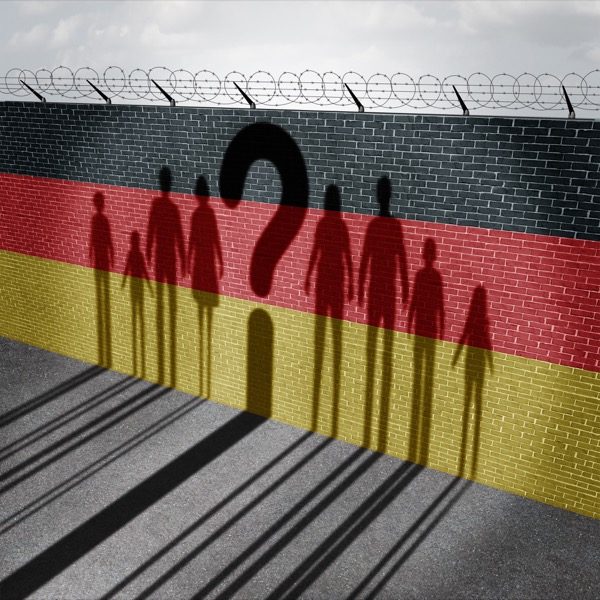Regardless of what he would say, chances are you wouldn’t understand him, unless you speak Greek!

Zafir Malik, UK
There has been a recent surge in St George’s flag and Union Jacks going up in the United Kingdom on street lamps, painted across houses – often without the permission of the owners – and have even been painted on roundabouts. But this supposed rise of patriotic zeal is a smokescreen being used by extreme organisations to fuel a particular agenda, one which aims to divide communities and stir up hatred for immigrants and minorities.
The greatest irony in all this is that if St George were alive today, he would be considered both an immigrant and part of a minority. That is because St George was not English and he never visited England. In fact, he didn’t even speak English. [1]
Even the famous myth about St. George slaying the dragon is not set anywhere close to England (legend has it the dragon was slayed in Libya). England can’t even claim sole ownership of St. George as the Patron saint, because he is also the Patron Saint of over 20 countries, including Georgia, Lithuania, Portugal, Ethiopia etc. [2]
St George was born towards the end of the 3rd Century in Cappadocia, present day Turkey, into a Christian family. [3] His mother was a Greek-speaking Palestinian and after the death of his father, she took him back to her homeland of Lydda (now Lod in present-day Israel), and so St. George actually grew up in Palestine. [4]
Although legends portray St. George as a knight, it is most likely that he was a soldier in the Roman army. He was dismayed by the persecution of Christians by the Roman Emperor, Diocletian, and refused to abandon his Christian faith despite being thrown in jail and tortured. He was eventually beheaded and was buried in Lod. A church was built over his place of burial and survives to this day. [5]
His story became popularised by returning crusaders who had heard stories about his heroics against persecution and officially became the patron Saint of England in 1350, when King Edward III formed the Order of the Garter in his name. [6]
So, using the flag of St. George to target and intimidate minorities or other groups is completely antithetical to the values St George stood up for and eventually gave his life for. If only the ones fuelling the hatred stopped to think and understand the sentiments behind the flag, they would realise that it is a flag which was formed to unite, as opposed to using it as a rally cry for persecution and extremism.
About the Author: Zafir Malik serves as the Associate Editor of The Review of Religions, having graduated from Jamia Ahmadiyya UK – Institute of Modern Languages and Theology. He is also an Imam of the Ahmadiyya Muslim Community and regularly appears as a panellist on MTA International and Voice of Islam radio station answering questions on Islam.
ENDNOTES
[2] https://www.theroyalsocietyofstgeorge.com/st-george-facts
[3] https://www.britannica.com/biography/Saint-George
[4] https://www.britannica.com/biography/Saint-George
[5] https://www.vaticannews.va/en/saints/04/23/st–george–martyr.html)
[6] https://www.historic-uk.com/HistoryUK/HistoryofEngland/St-George-Patron-Saint-of-England/




Add Comment